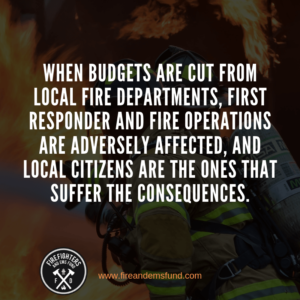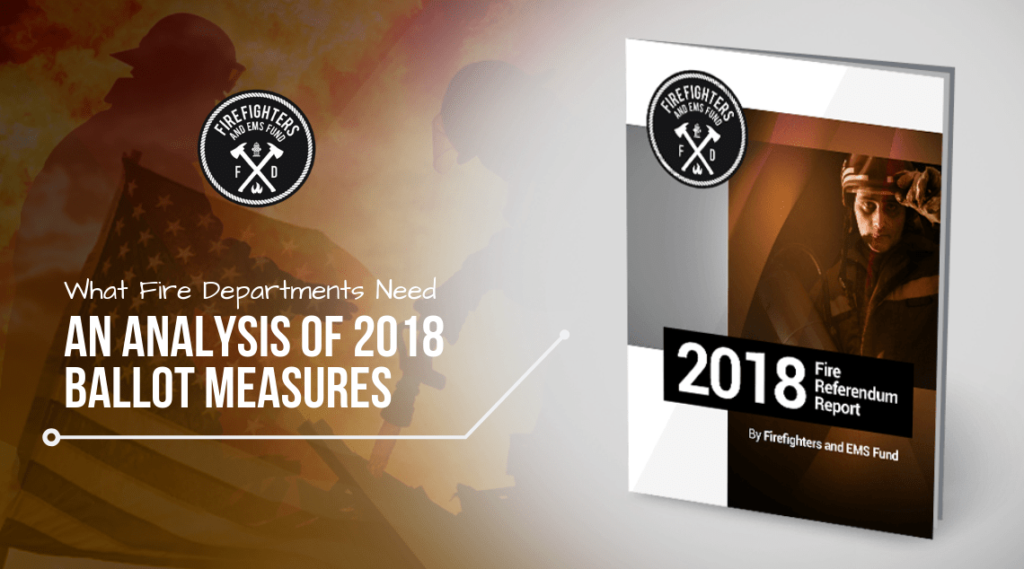In the 2018 election cycle, Firefighters and EMS Fund participated in helping to support local and state referendum and ballot measures from local fire jurisdictions. The majority of these ballot measures were focused on getting approval from voters to increase budgets for fire-related operations.
In an effort to better understand and support these measures that will help firefighters and emergency responders, we created and published the 2018 Fire Referendum Report. This is the first study and data aggregation of its kind and we are very proud to be leading the way in an effort that will help us better assist the political efforts of firefighters across the country in the future.
What we Learned from the 2018 Fire Referendum Report

Budget Cuts are Strangling Fire Departments
Budget cuts are an unfortunate part of public service, but one of the most alarming instances of far-reaching budget cuts that we’ve seen since the start of the 2008 recession is the effects on local fire departments. When budgets are cut from these departments, first responder and fire operations are adversely affected, and local citizens are the ones that suffer the consequences.
These budget cuts are ongoing and cause a rippling effect as the economy ebbs and flows each year. The majority of the referendums studied for the purposes of the report were in jurisdictions located in California, Colorado, and Illinois. For the most part, these jurisdictions were only requesting modest taxpayer funding increases to help alleviate the effects of budget cuts and growing operational expenses.
Increases in Operational Spending are Needed to Maintain Status Quo
With increasing population sizes in suburban areas, along with a corresponding increase in the cost of living, and the inevitable deterioration of fire equipment and infrastructure, many jurisdictions are finding themselves understaffed and unable to afford the costs to just maintain the status quo.
This, in turn, has lead to a decrease in the amount of services available to the public, and the size of the area that can be effectively covered by these services. If those two areas aren’t adjusted then the pressure falls back on the underpaid and overworked staff of first responders.
In many instances, departments are being forced to downsize and consolidate in order to reduce operational costs. They are forced to cut staff and shut down fire stations, resulting in increased response times which could be the difference between life and death in some unfortunate circumstances.
How Voters are Responding
While many of the referendums in the study passed, nearly 30% did not.
In terms of budget and operational needs, this means that some jurisdictions that need immediate assistance will have to go through another election cycle without the proper budgets needed to sustain current levels of operations. These departments will undoubtedly be faced with some tough decisions ahead that will undoubtedly impact the communities they serve.
Emergency services are one of the vital components to keeping any community safe. As the effects of budget cuts and growing operational costs continue to be felt throughout the country, voters can be sure that proposals requesting support and funding on the ballots will continue to increase.
Our 2018 Fire Referendum Report provides some interesting analysis that fire jurisdictions will need to know in order to successfully request funding from voters. Click here to download the full report.








